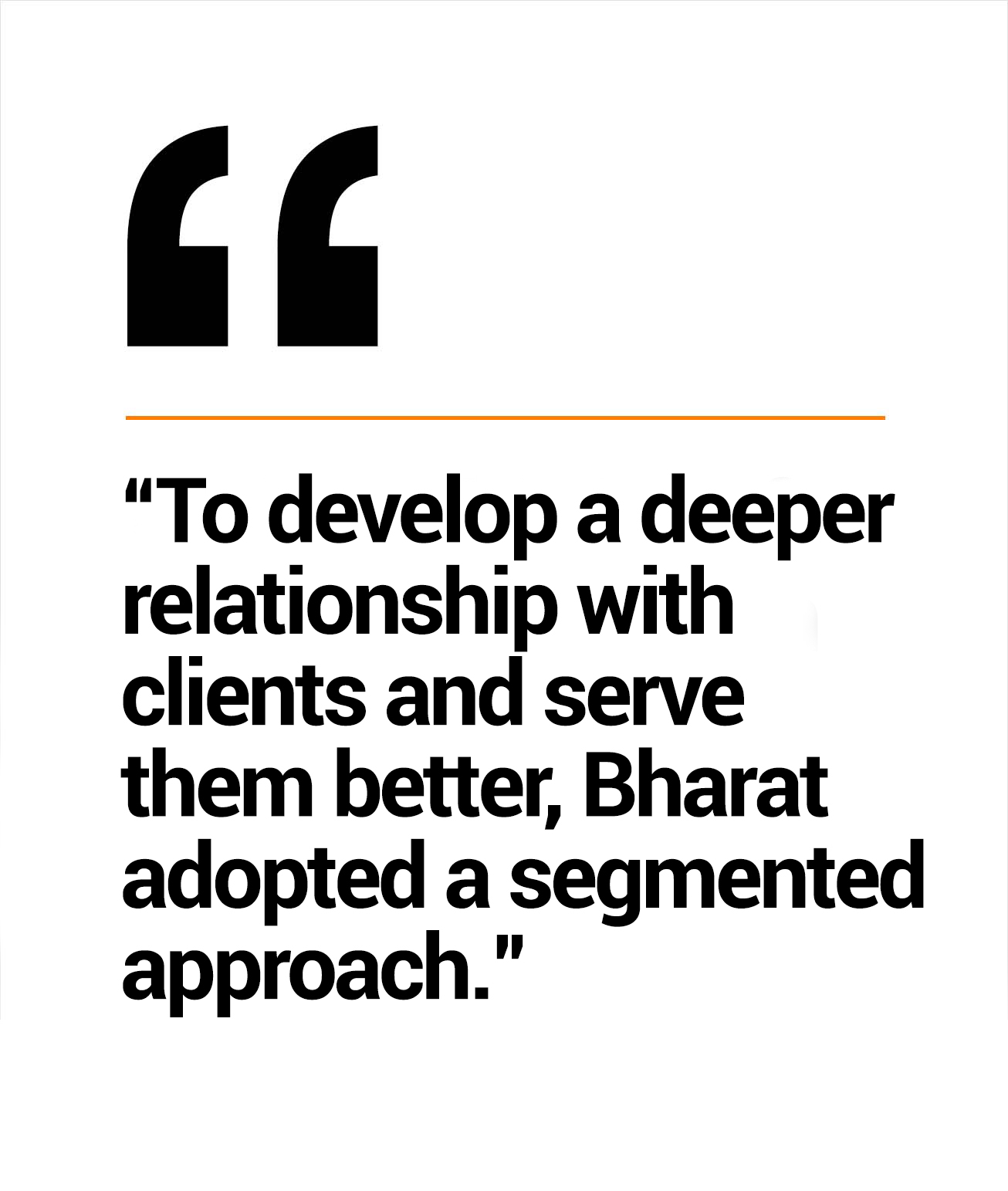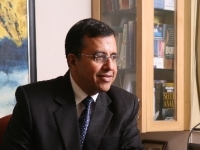Initial journey
Following his father’s footsteps, Bharat Phatak became a chartered accountant and joined his father’s CA firm in 1982. His father started this practice in 1953. However, Bharat was fascinated with markets. To pursue his passion, he surrendered his CA practice in 1991 when he was 33. In the same year, he registered himself as a sub-broker at Pune Stock Exchange. In 1994, Bharat along with a group of nine other friends formed a stock exchange broking firm and got membership of National Stock Exchange.
Shift to MFs
In 2001, Bharat and his partners moved away from broking and started focusing on mutual funds. Talking about why he left broking, Bharat says, “The broking business has a transaction-oriented revenue model while mutual fund revenue model is a steady commission based on assets under management. It was our strong belief that the MF model was far better aligned with the investors’ interest than a transaction based proposition. Later, we transferred the mutual fund AUM to a new company that was formed by business partner Ajit Khasnis and me.”
Moving to mutual fund business required a different approach. To develop a deeper relationship with clients and serve them better, Bharat adopted a segmented approach. He segmented his client base from 2,000 to focus on a select set of 300. He studied this set of 300 clients to profile them, and this helped him cater his service offerings to suit their needs better. “I wanted to work with clients who have patience and were not looking for quick results. We continued with some important relationships which helped us in our initial stage. After this, whenever we acquired new clients, we would make sure that the profile matched,” explains Bharat.
Today, his firm manages AUA of Rs. 2,800 crore across 700 clients. He attributes his success to his team. “Our company’s partner Ajit Khasnis has played a key role in shaping our organization. Our core team which comprises four members has been with our organization for more than 12 years. All of us think in a similar fashion and share same values,” says Bharat.
Tapping the fixed income market
Bharat is credited with making an early move in MFs, especially in the fixed income segment. He understood the tax efficiency of debt funds over traditional deposits and made corporates to invest in debt funds in a big way. “The holding period for long term capital gains was three years and deduction for inflation index was applicable. The tax rate for long term gains was also lower than the tax rate for business income. Many of these listed companies saw value in the safety, liquidity and tax-efficient returns from liquid funds and debt funds,” says Bharat. Many of these large companies are continue to invest through him.
Citing one such example of how well debt funds were received by corporates, Bharat says, “Birla Sun Life Income Plus was one of earlier investments that helped us understand the advantages of debt funds. We could take it to many corporate clients at that time. The amounts in those days appear very small with the passage of time, but I proudly remember that our first Rs. 1 crore plus subscription was possible due to this scheme.”
Over time, Bharat has developed a knack for choosing the winners. Let’s understand more about his fund selection approach. To begin with, Bharat classifies funds based on risk parameters and fund size. He then looks at their long term performance and how long the fund managers have been managing these schemes. After this, he looks at the fund management philosophy and the pedigree of the fund house. “The numerical analysis is not the end but just the beginning. We try to supplement that with understanding the fund management process and attribution of the performance. The qualitative factors can be judged through interaction with the fund management team and their adherence to the stated philosophy,” explains Bharat.
New segments
With emergence of large family offices and ultra-high net-worth individuals, Bharat has sensed a need for expand his offerings to advisory services. To cater to this segment, he started a separate advisory division in his firm in October 2015. “These investors may look for professional services in investments in direct plans. There may be a need to analyze new complex financial products such as AIFs, PMS, etc. Hence, we also have a separate division for referral services in specialty investment products.”
Technology
Managing such a large AUM and serving a large client base could be an uphill task. To make sure his clients have a seamless experience, he has adopted technology in a big way. He has automated the four important operations – planning, analytics, transaction and compliance. Since a lot of his operational tasks are automated, this gives Bharat enough time to engage with clients on a personal level, which is essential in advisory business. Also, his seven-member client facing team is in regular touch with clients.
Passing the baton
Having spent over two decades of his career in MF advisory, Bharat is now looking ahead at matters of succession. He is taking steps to broad-base the leadership and ownership of the firm. “This will help us in bringing continuity and long term sustainability. I feel the clients will also be comfortable knowing that it is not a one man show,” says Bharat. He plans to give more autonomy and economic interest to his loyal employees who have worked with him for more than 12 years.
Success mantra
Building Rs. 2,800 crore AUA in MFs is a feat. Looking at his growth, Bharat’s success can be attributed to:
· Tapping fixed income market: Bharat tapped the fixed income market which was largely untouched by IFAs two decades back. He was able to showcase the benefits of fixed income products to corporates which has helped him build a large AUM.
· Client segmentation: In the race to build size one would on board as many clients as possible. However, Bharat understood the nuances of mutual funds and the kind of investors would best suit MFs. His client segmentation approach has paid rich dividends.
· Stable team: Bharat believes in team work. He has nurtured his team and made sure he understood their aspirations and gave them the credit and recognition which they deserved. He even shares a part of company’s profits with his team. No wonder then some of his employees have stayed with him for over 12 years!
He is confident that his business will sustain the growth in future. “As India progresses, more families will have a higher disposable income than the earlier generation. This will create a demand for professionals like us,” believes Bharat.






